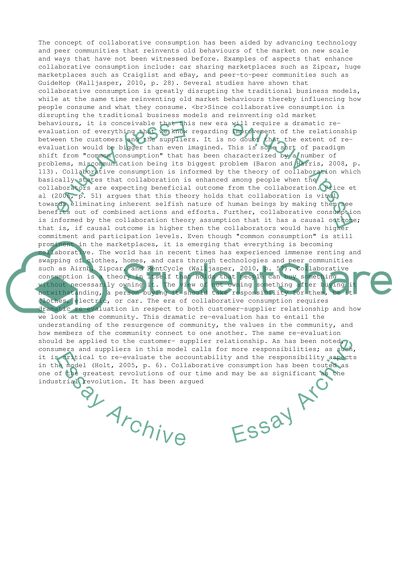Cite this document
(“Collaborative Consumption Essay Example | Topics and Well Written Essays - 1000 words”, n.d.)
Collaborative Consumption Essay Example | Topics and Well Written Essays - 1000 words. Retrieved from https://studentshare.org/business/1451159-collaborative-consumption
Collaborative Consumption Essay Example | Topics and Well Written Essays - 1000 words. Retrieved from https://studentshare.org/business/1451159-collaborative-consumption
(Collaborative Consumption Essay Example | Topics and Well Written Essays - 1000 Words)
Collaborative Consumption Essay Example | Topics and Well Written Essays - 1000 Words. https://studentshare.org/business/1451159-collaborative-consumption.
Collaborative Consumption Essay Example | Topics and Well Written Essays - 1000 Words. https://studentshare.org/business/1451159-collaborative-consumption.
“Collaborative Consumption Essay Example | Topics and Well Written Essays - 1000 Words”, n.d. https://studentshare.org/business/1451159-collaborative-consumption.


